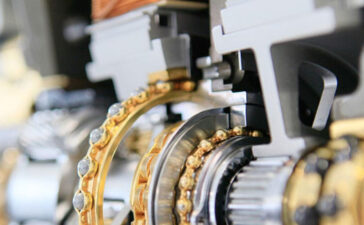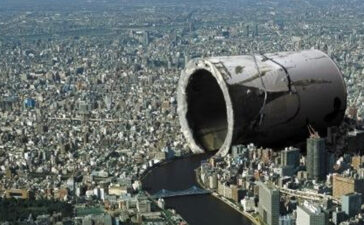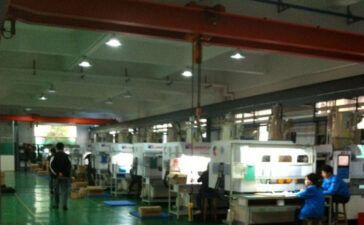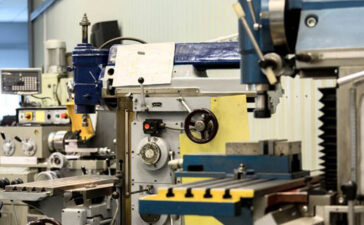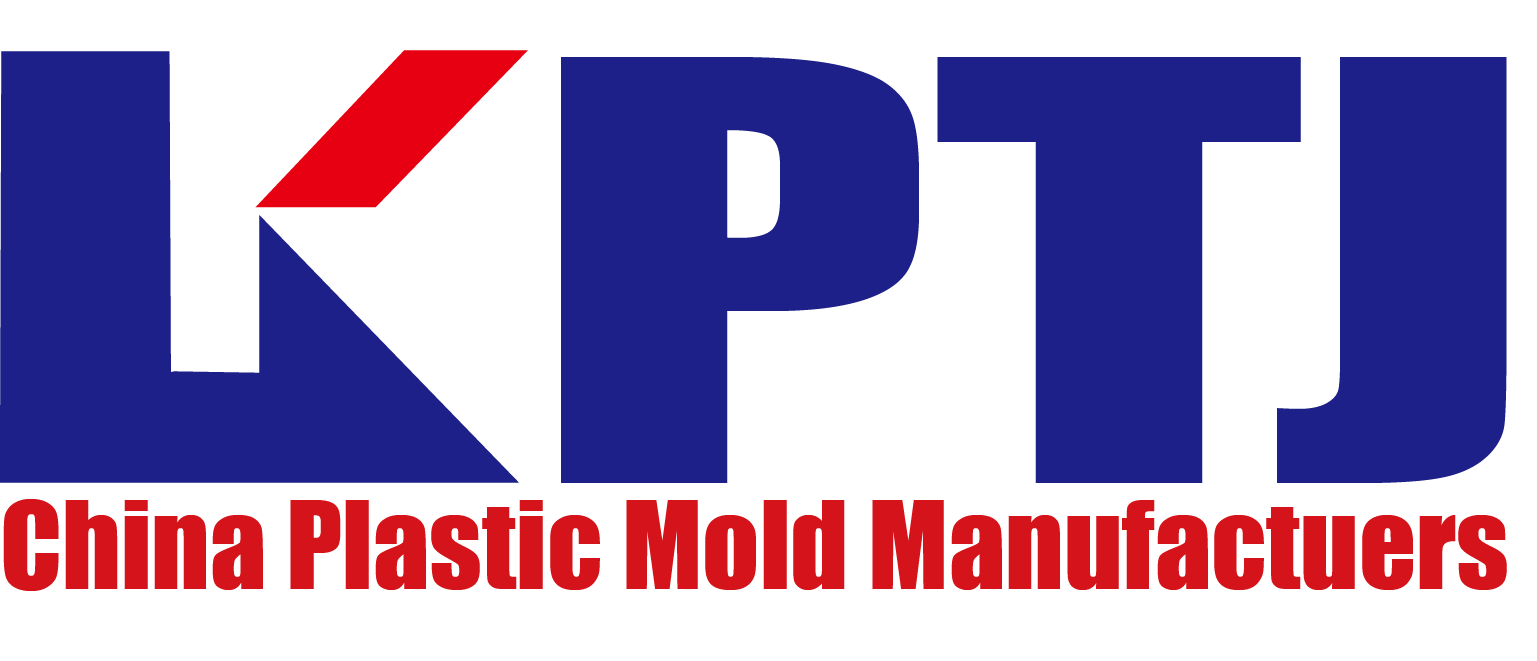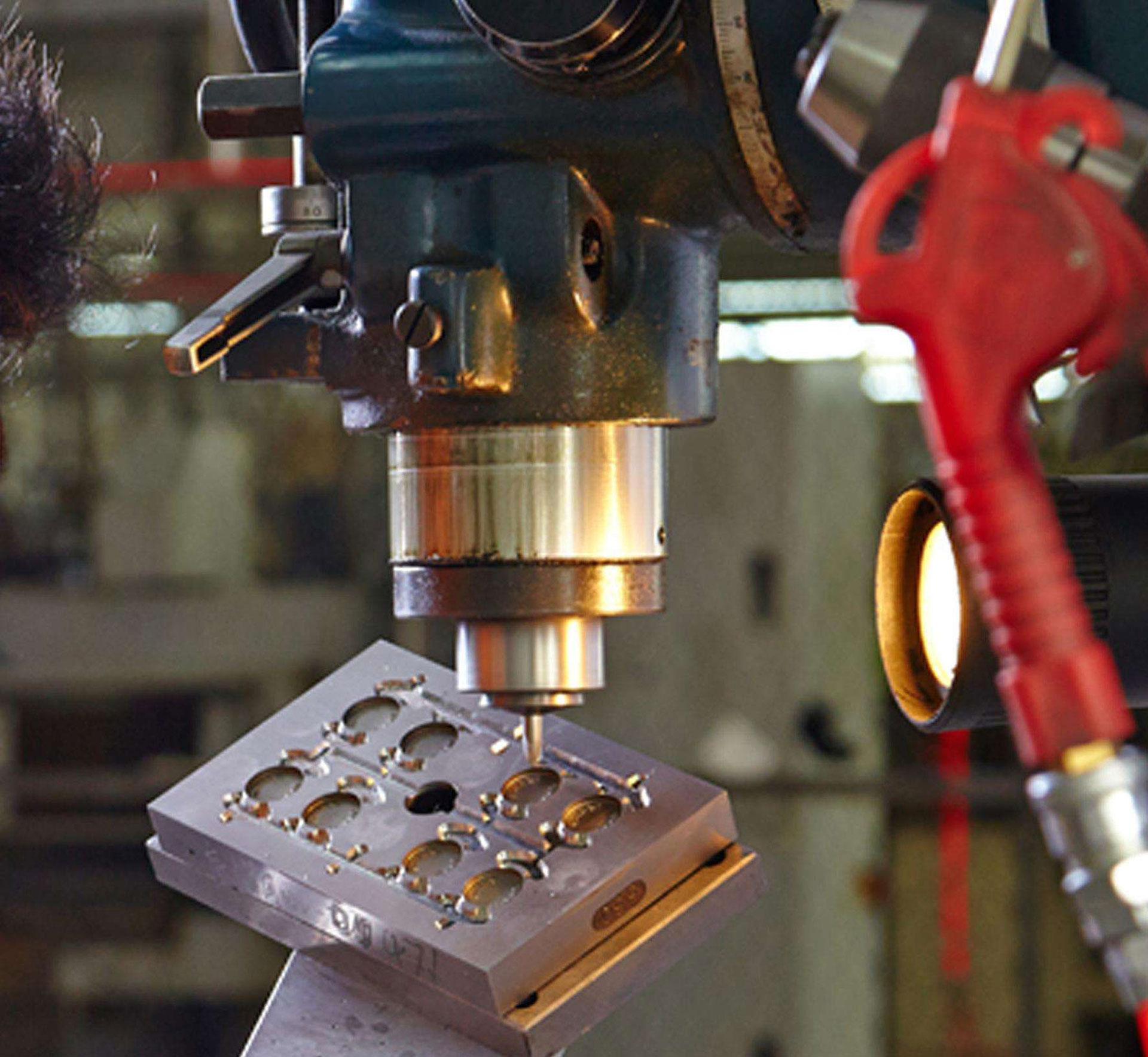When the plastic mold manufacturer makes products again, some customers will require the products to go through vacuum plating. What is the process of vacuum plating? In fact, for the product, the adhesion and surface gloss of vacuum plating are not as strong as that of electroplating. Plastic mold manufacturers use vacuum plating mainly to prevent the product from conducting electricity and to prevent interference with the transmission of antennas and other plastic products.
In order to increase the metal texture of the surface of the plastic mold manufacturer, they will choose electroplating and vacuum plating. Generally, vacuum plating is for some products to avoid the non-conductivity caused by electroplating. For example, 3C digital electronic products do not affect the sky. Debugging of linear numbers, etc. Vacuum plating is to make the metal layer adhere to the plastic surface through the evaporation and condensation of metal filaments under vacuum. In the process of vacuum coating, the metal melts and evaporates in just a few seconds. The entire cycle is generally no more than 15mm. The thickness of the plastic product is 0.8-1.2mm. The coating is about 0.3-0.5um.
Most plastic mold manufacturers can perform vacuum coating, but the surface of the product should be coated with a suitable coating before evaporation. The design of vacuum-plated plastic products should avoid flat surfaces, sharp corners and sharp edges, uneven patterns, textures or arched surfaces for the best results. Vacuum plating is difficult to obtain an optical flat surface.


